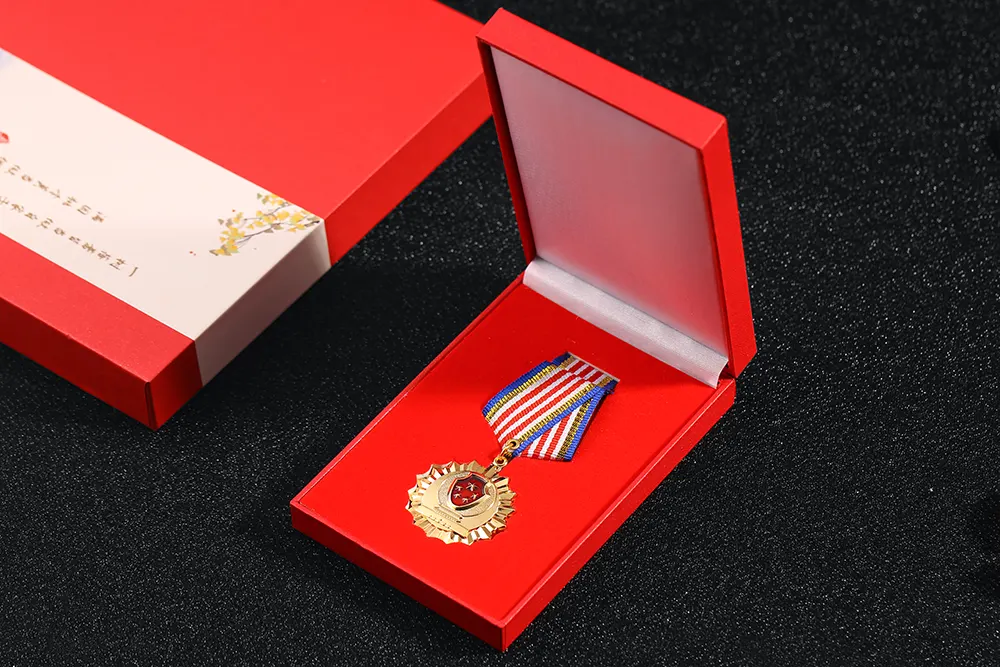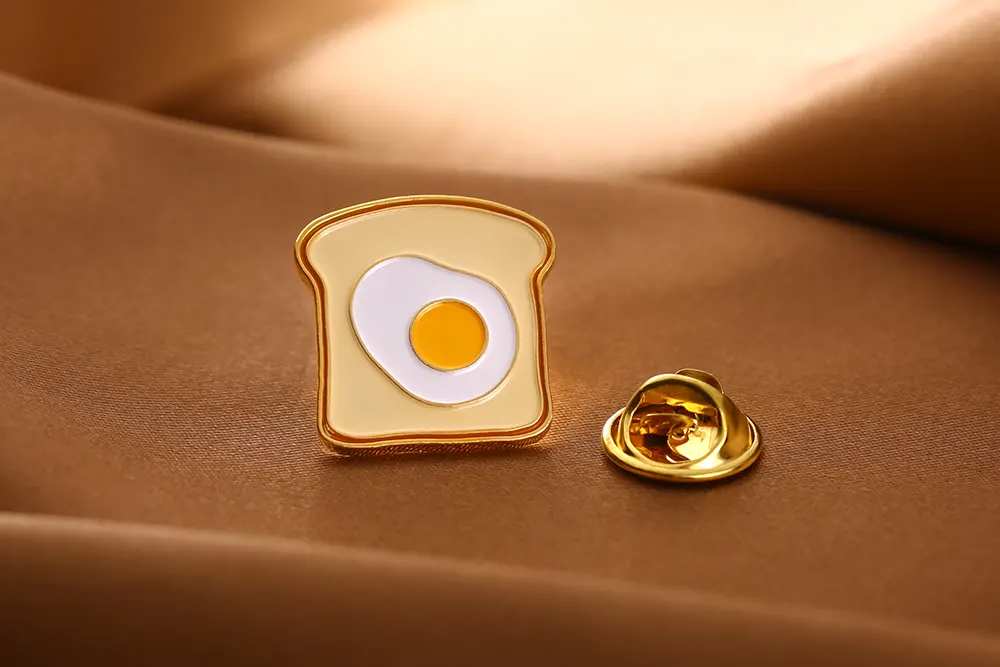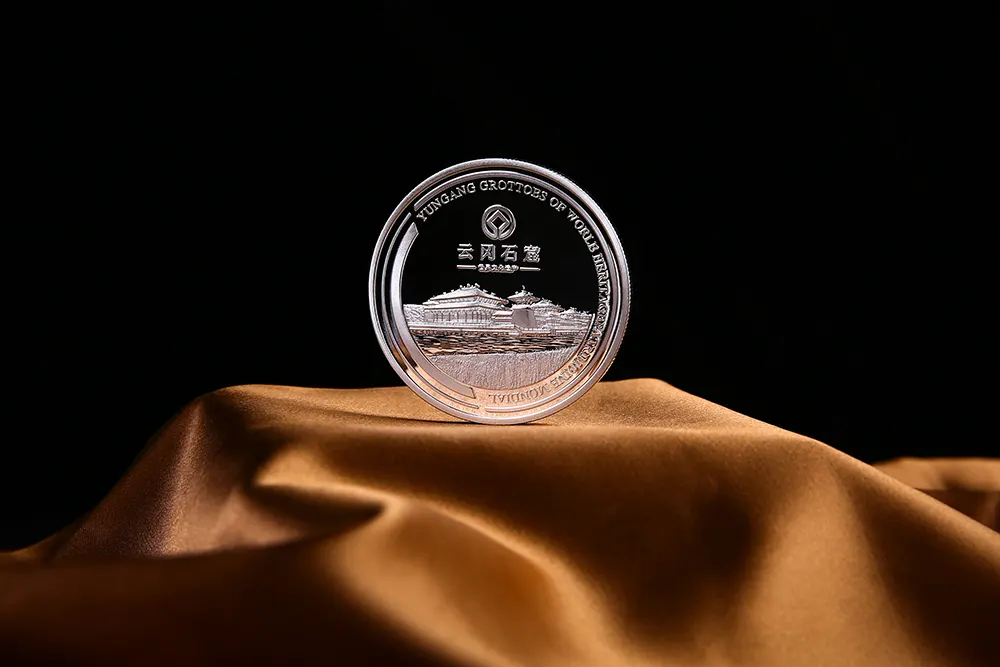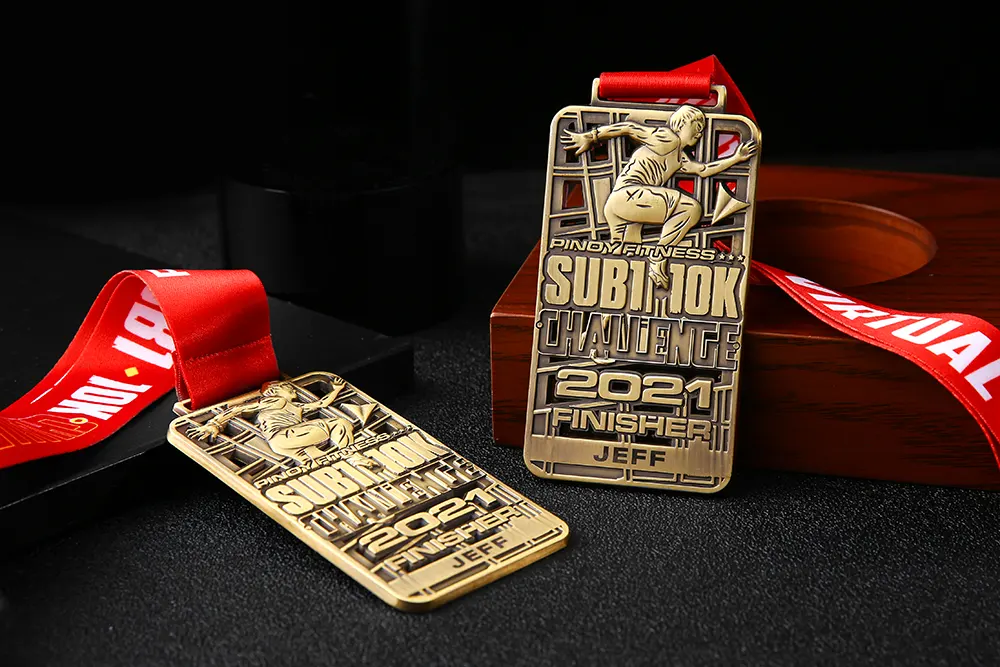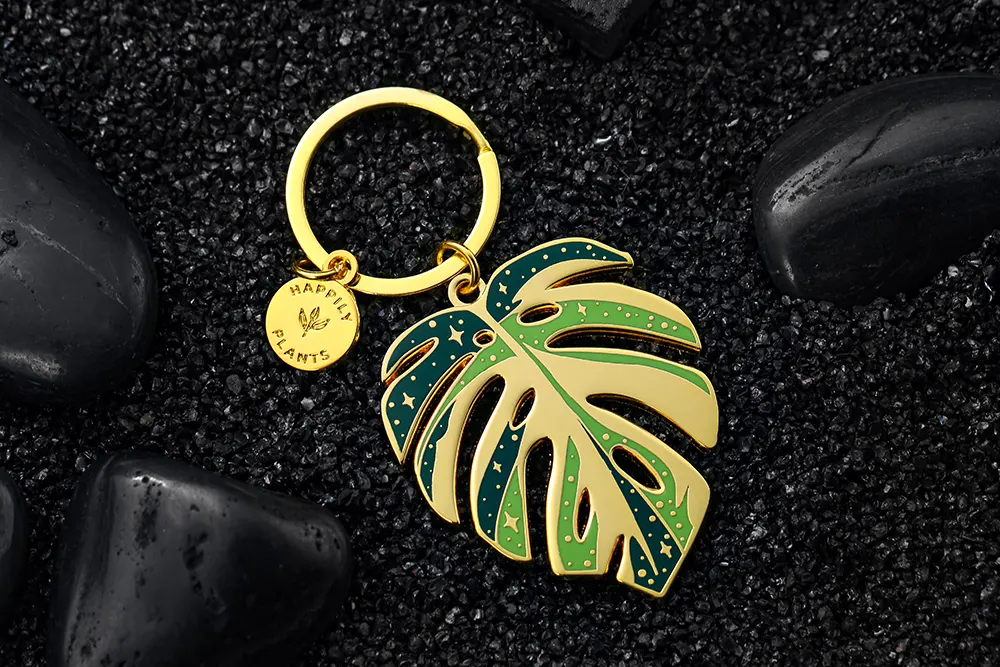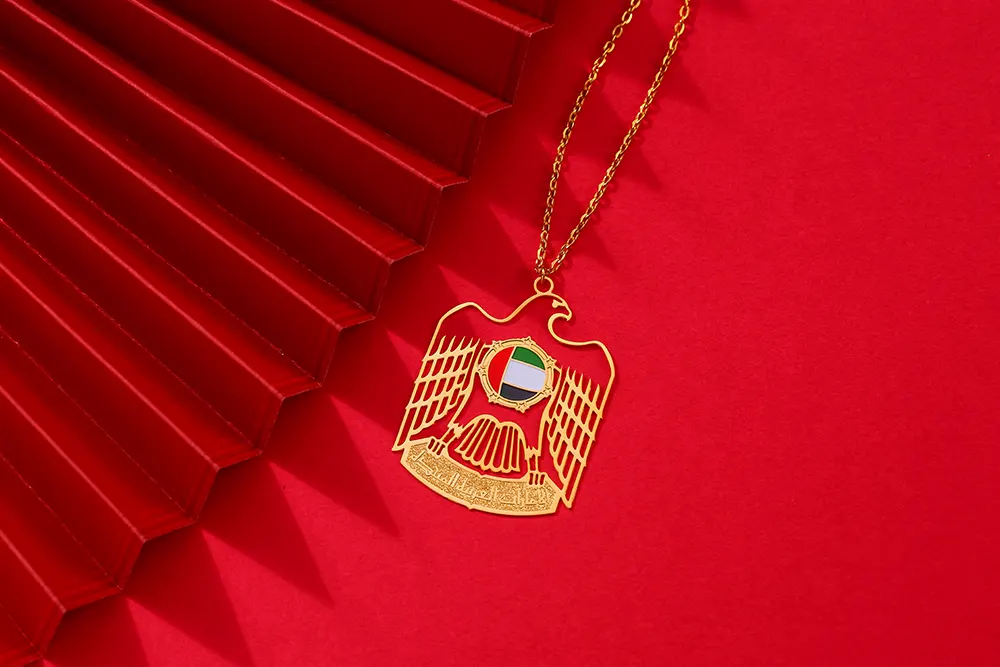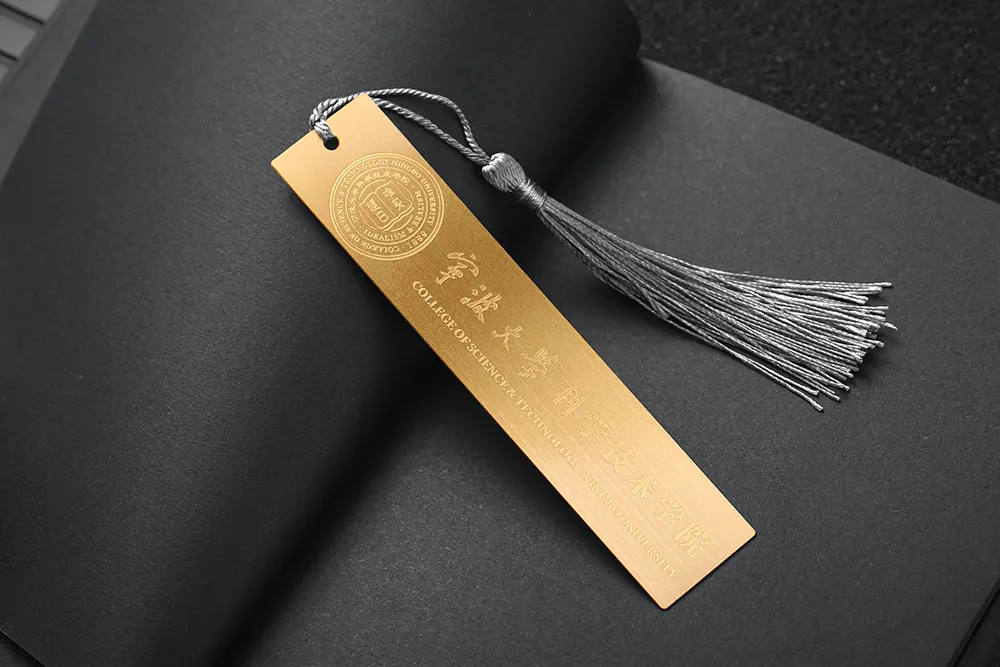The Army Service Uniform, commonly known as dress blues, represents one of the most distinguished military uniforms worn by soldiers. When adorned with medals and decorations, this uniform tells the story of a soldier’s service, accomplishments, and dedication to duty. Understanding how to properly wear and display medals on dress blues is essential for maintaining military standards and honoring the significance of each award.
Understanding the Army Dress Blues Uniform
The Army dress blues consist of a dark blue coat and trousers for men, or a skirt for women, paired with a white shirt and black necktie. This uniform serves as the equivalent of a civilian business suit and is worn during formal military functions, ceremonies, and official events. The uniform provides a canvas for displaying the awards and decorations that recognize a soldier’s achievements throughout their military career.
The dress blues come in several variations, including the Army Service Uniform (ASU) and the more formal Army Blue Mess uniform. Each variation has specific guidelines for medal placement and wear, though the fundamental principles remain consistent across all versions.
Types of Awards Displayed on Dress Blues
Soldiers may display several types of awards on their dress uniform, each with its own placement requirements. Medals are the full-sized decorations suspended from ribbons, typically worn on the left side of the coat. These represent significant achievements such as meritorious service, valor in combat, or participation in specific campaigns.
Ribbons, which are smaller fabric representations of medals, can be worn in place of full medals for certain occasions. Additionally, badges and tabs that denote qualifications, special skills, or unit assignments are positioned at various locations on the uniform according to regulation.
Precedence and Order of Medals
The Army maintains a strict order of precedence for all decorations and awards. This hierarchy ensures that the most prestigious awards are displayed in the most prominent positions. The Medal of Honor, if awarded, takes the highest position, followed by other valor awards, then service medals, and finally achievement and commendation medals.
Understanding this order is crucial when arranging multiple medals on the uniform. Soldiers must consult AR 670-1, the Army regulation governing uniforms and appearance, which provides the complete order of precedence for all authorized awards.
Proper Placement of Medals on Army Dress Blues
Medals are worn on the left side of the Army dress blue coat, centered between the left and right edges of the coat. The placement begins at a specific measurement from the top of the shoulder seam, typically around 1/8 inch below the notch formed by the collar and lapel.
For male soldiers, medals hang vertically in rows, with the senior medal positioned at the top. When wearing multiple medals, they should be arranged in order of precedence from top to bottom and right to left as worn. Female soldiers follow similar guidelines, though measurements may differ slightly due to the cut of the female dress blue coat.
Mounting and Spacing Medals
Medals can be individually mounted on the uniform or arranged on a mounting bar for easier placement and alignment. When using a mounting bar, all medals in a row are attached to a single rigid backing, ensuring proper spacing and preventing medals from shifting or becoming misaligned during wear.
The standard spacing between medals is typically minimal, with medals touching or nearly touching each other. Rows of medals are separated by approximately 1/4 inch, creating a neat, organized appearance that reflects military precision and attention to detail.
Wearing Ribbons Instead of Medals
For less formal occasions or when the full dress uniform would be impractical, soldiers may wear ribbon bars instead of full medals. Ribbons are positioned on the left side of the coat, approximately in the same area where medals would be worn but without the hanging medal portion.
Ribbon bars follow the same order of precedence as medals and are typically mounted on a backing with up to three ribbons per row. This option provides a more streamlined appearance while still acknowledging the soldier’s awards and accomplishments.
Common Mistakes to Avoid
One of the most frequent errors involves improper spacing or alignment of medals. Using a mounting bar and measuring carefully before attaching awards to the uniform helps prevent this issue. Another common mistake is wearing medals out of the proper order of precedence, which can occur when soldiers receive new awards and fail to rearrange their existing medals accordingly.
Mixing full medals with ribbon-only displays on the same uniform is generally not permitted except in specific circumstances outlined in regulations. Soldiers should also ensure that all medals and ribbons are clean, properly maintained, and securely attached to prevent loss during wear.
Personal Experience with Dress Blues and Medals
During my time working with military personnel at formal ceremonies, I witnessed firsthand how meaningful the proper display of medals can be. At one particular promotion ceremony, a senior enlisted soldier took extra time before the event to ensure each medal was positioned correctly on his dress blues. He explained to junior soldiers that each award represented not just personal achievement, but the support of teammates and the sacrifices made during service.
That attention to detail and respect for the uniform’s significance left a lasting impression. It demonstrated that wearing the army dress uniform with medals is more than following regulations—it’s about honoring the experiences and people represented by each decoration.
Maintaining Your Medals and Uniform
Regular maintenance ensures that medals and the dress blues uniform maintain their sharp, professional appearance. Medals should be cleaned periodically using appropriate metal polish for their specific composition. The ribbons attached to medals can fade or fray over time and should be replaced when they no longer meet standards.
The dress blue coat itself requires proper pressing and storage to maintain its shape and appearance. When not in use, the uniform should be hung on appropriate hangers in a garment bag to protect it from dust and damage. Medals should be removed or carefully covered during cleaning to prevent damage to the coat fabric.
Resources for Verification and Guidance
Soldiers should always consult the current version of Army Regulation 670-1 for the most up-to-date guidance on uniform wear and medal placement. Unit supply personnel and noncommissioned officers can provide assistance with proper medal mounting and placement.
The Army’s official websites and installation clothing and sales stores offer resources including measurement guides, mounting services, and answers to specific questions about award display. Many installations also have uniform shops that provide professional medal mounting services to ensure perfect alignment and placement.
Special Considerations for Different Occasions
Different military events may call for specific variations of the dress uniform with different award display requirements. For instance, formal military balls typically require the most complete display of medals, while other official functions might specify ribbons only. Understanding these distinctions helps soldiers prepare appropriately for each occasion.
Retirement ceremonies, change of command events, and award presentations each have their own traditions regarding uniform wear. Soldiers should verify the specified uniform for any event well in advance to ensure they have adequate time to prepare their dress blues properly.
Conclusion
Wearing the army dress blues with medals properly requires attention to detail, knowledge of regulations, and respect for military tradition. Each medal represents a chapter in a soldier’s service story, and their correct display honors both the individual achievements and the broader military heritage they represent. By following established guidelines and maintaining high standards, soldiers ensure that th
















